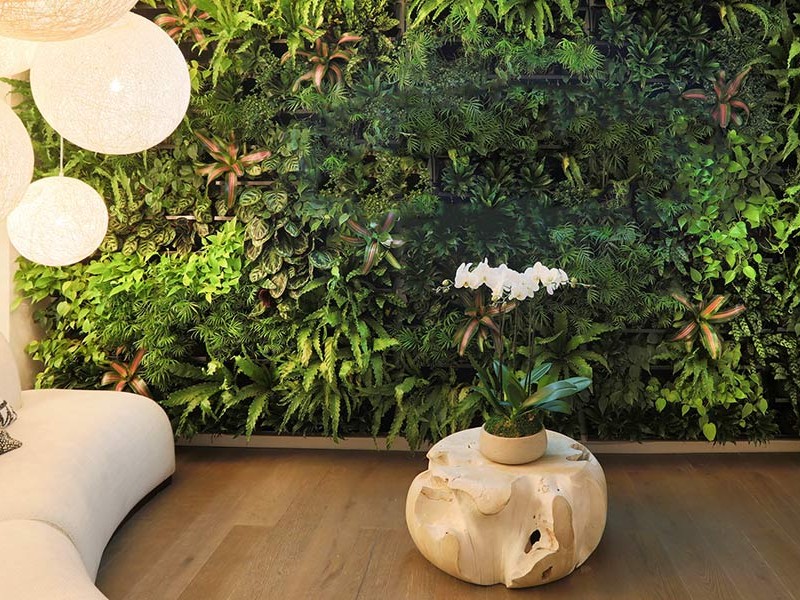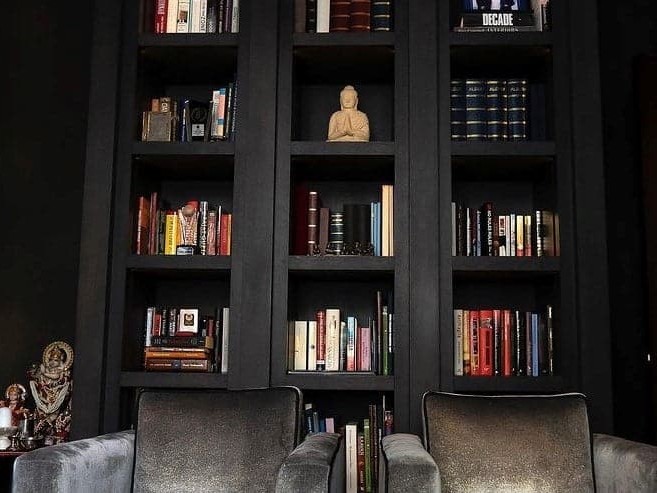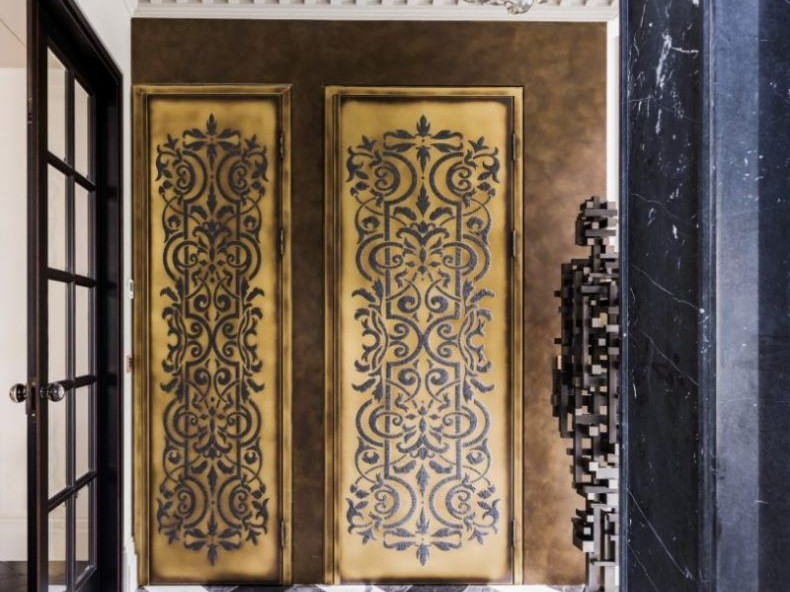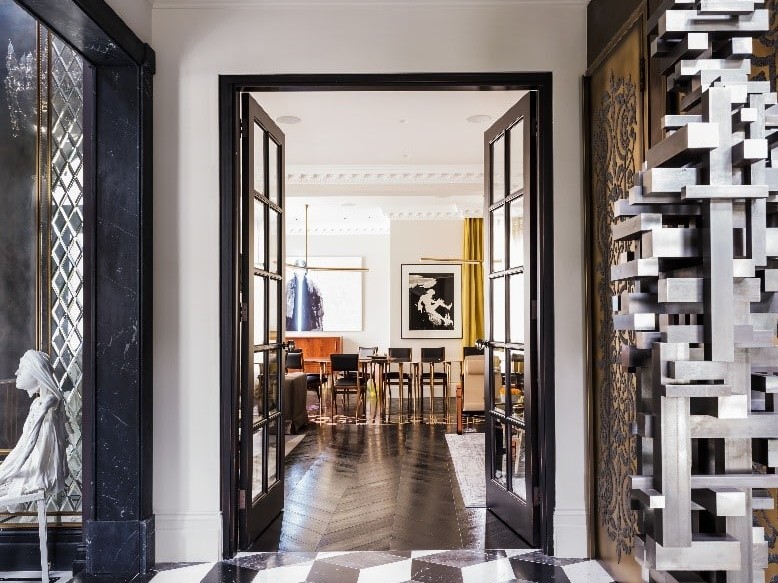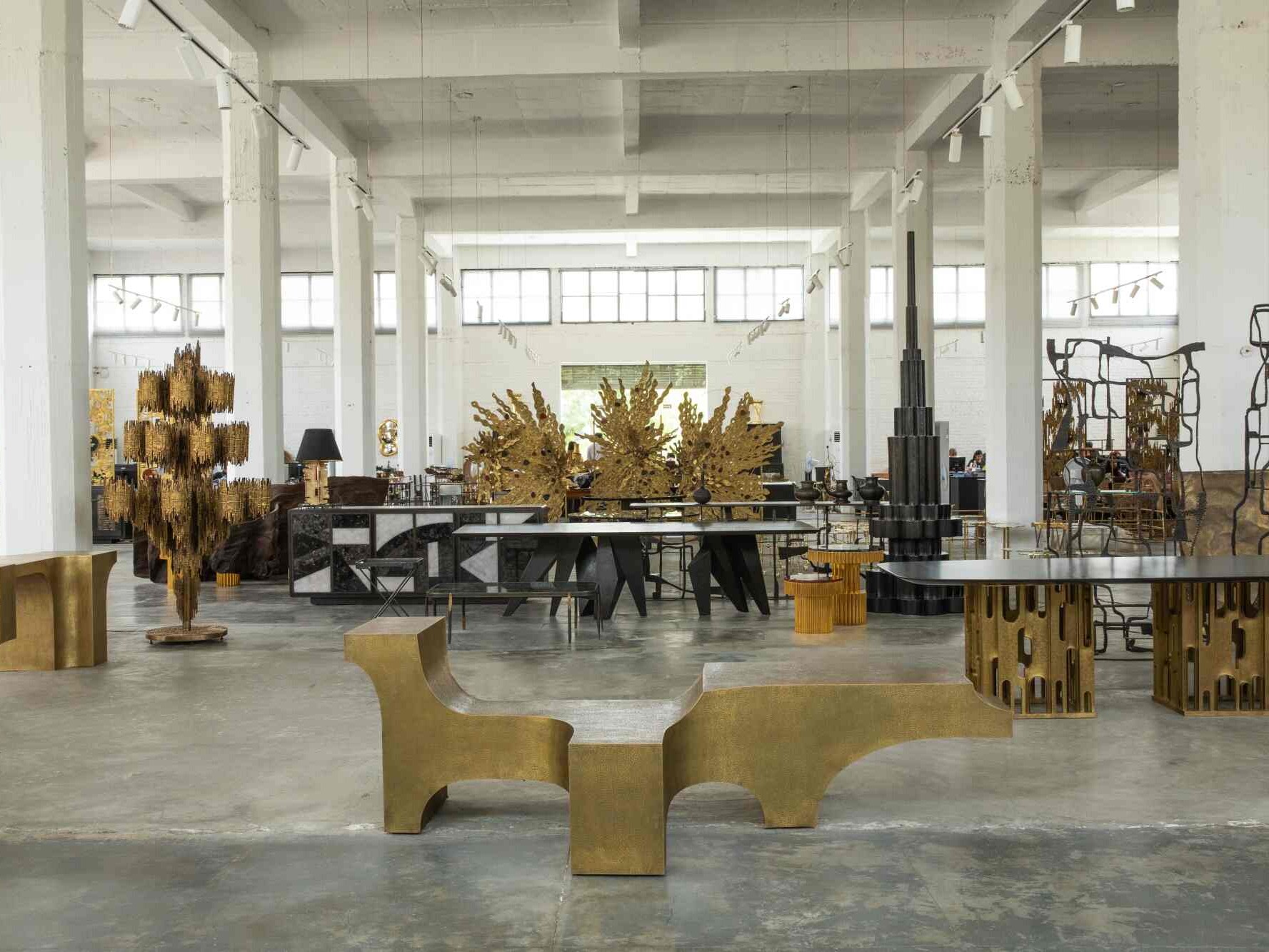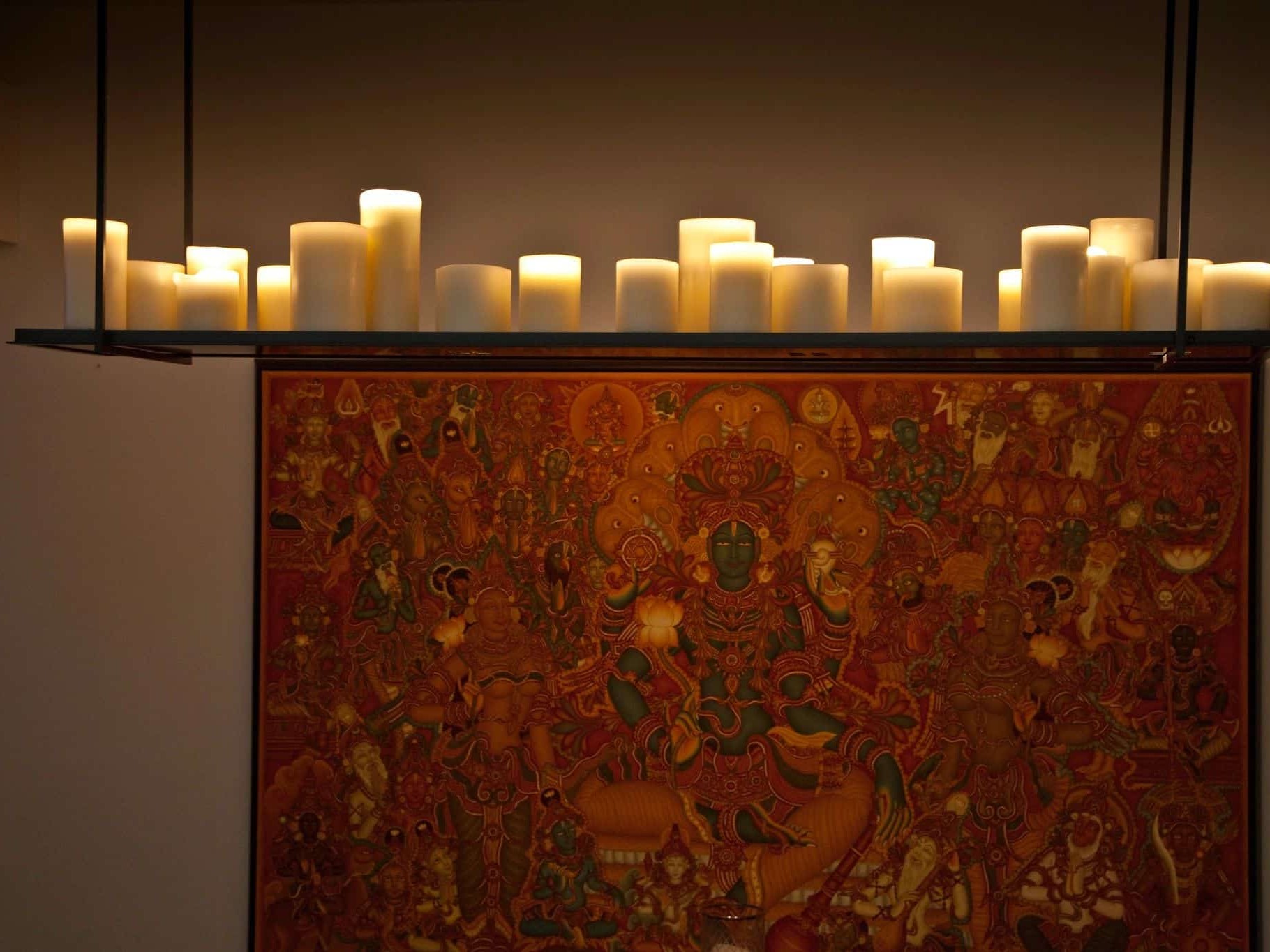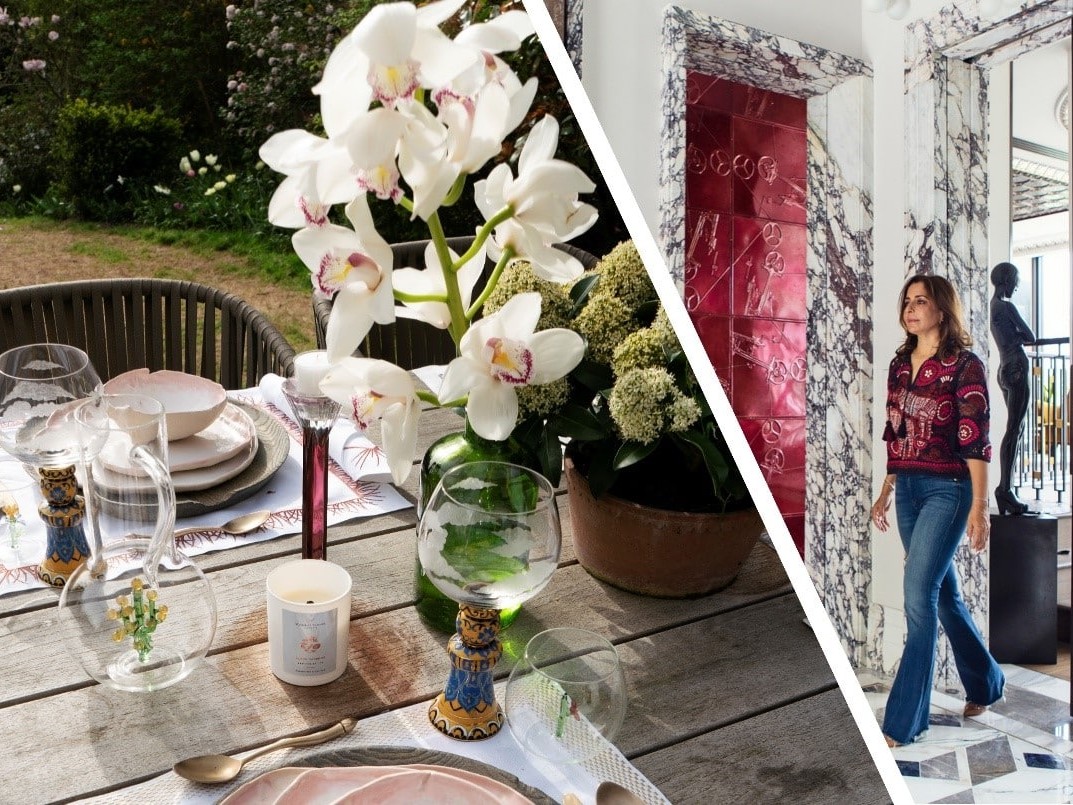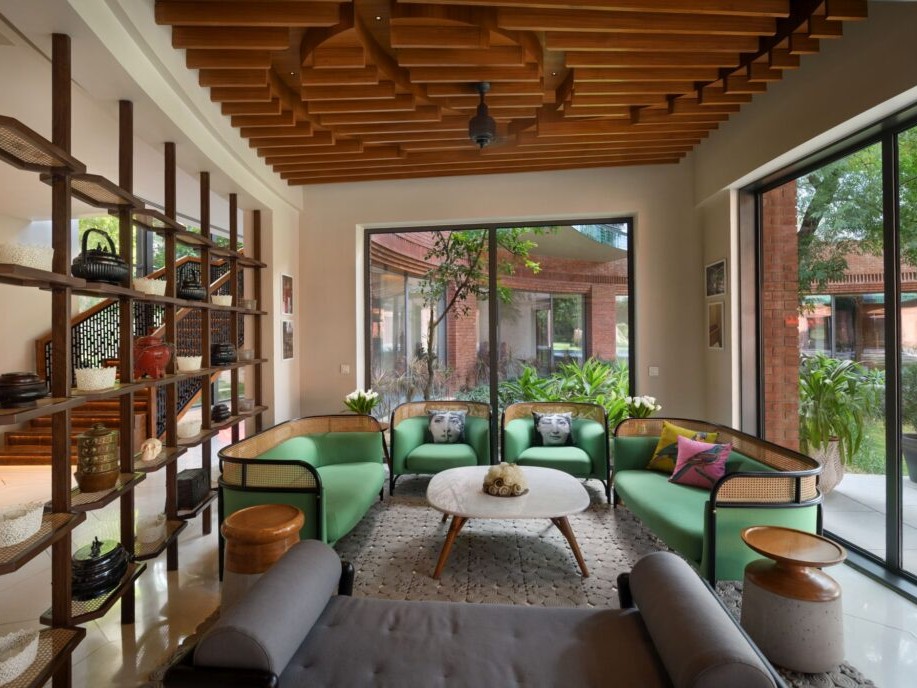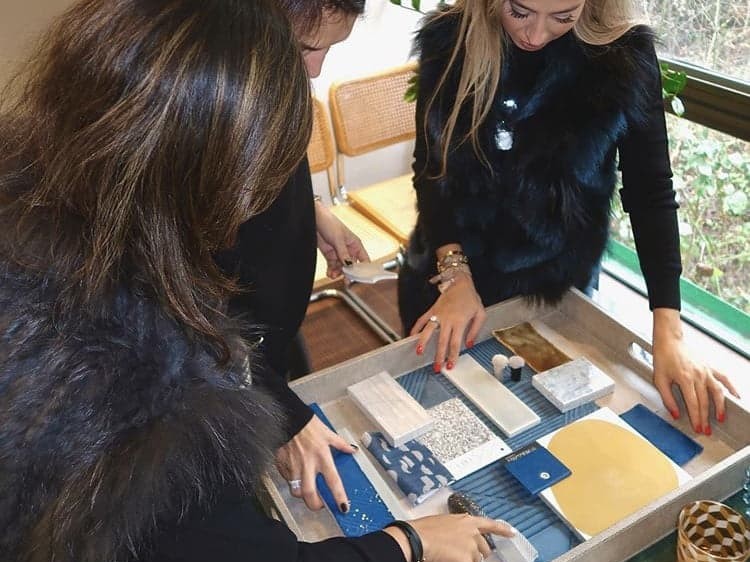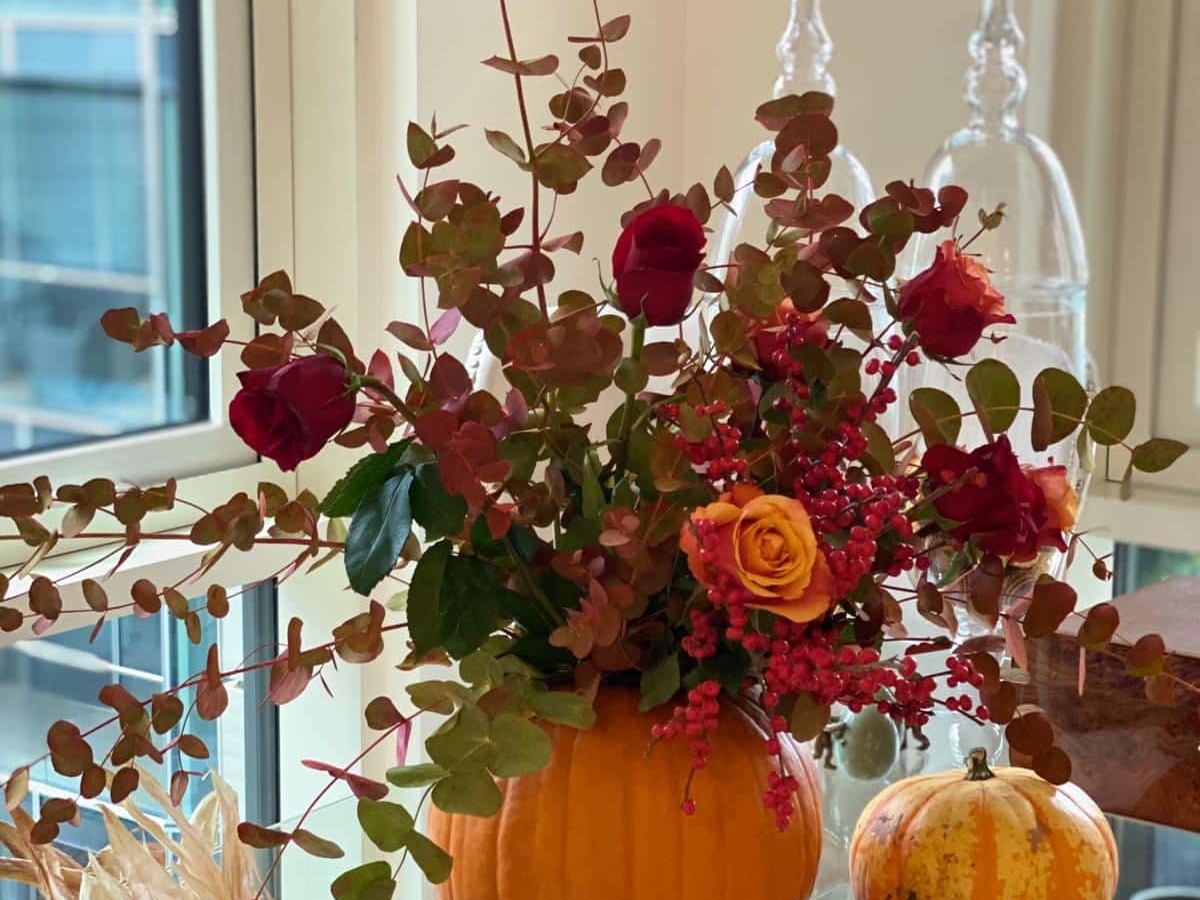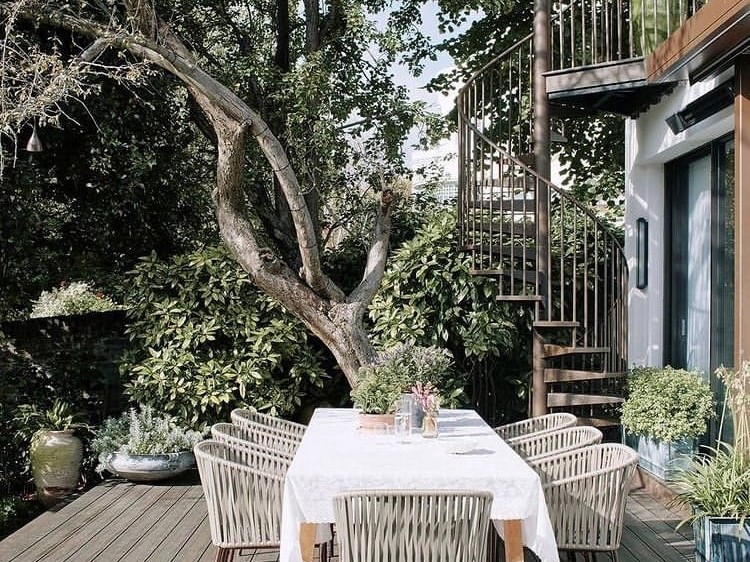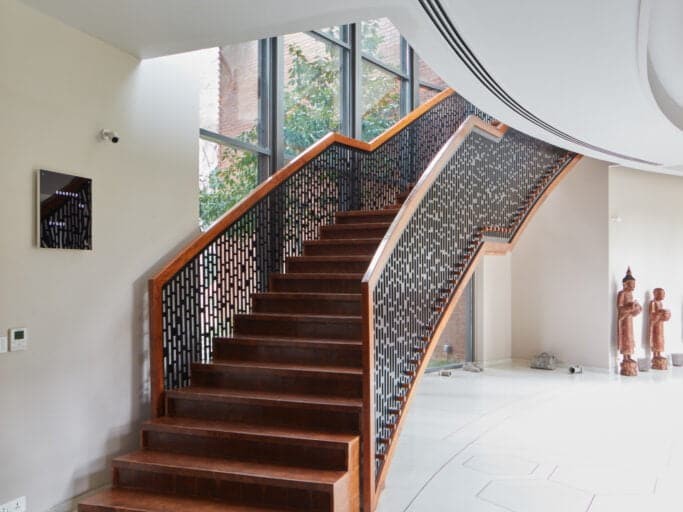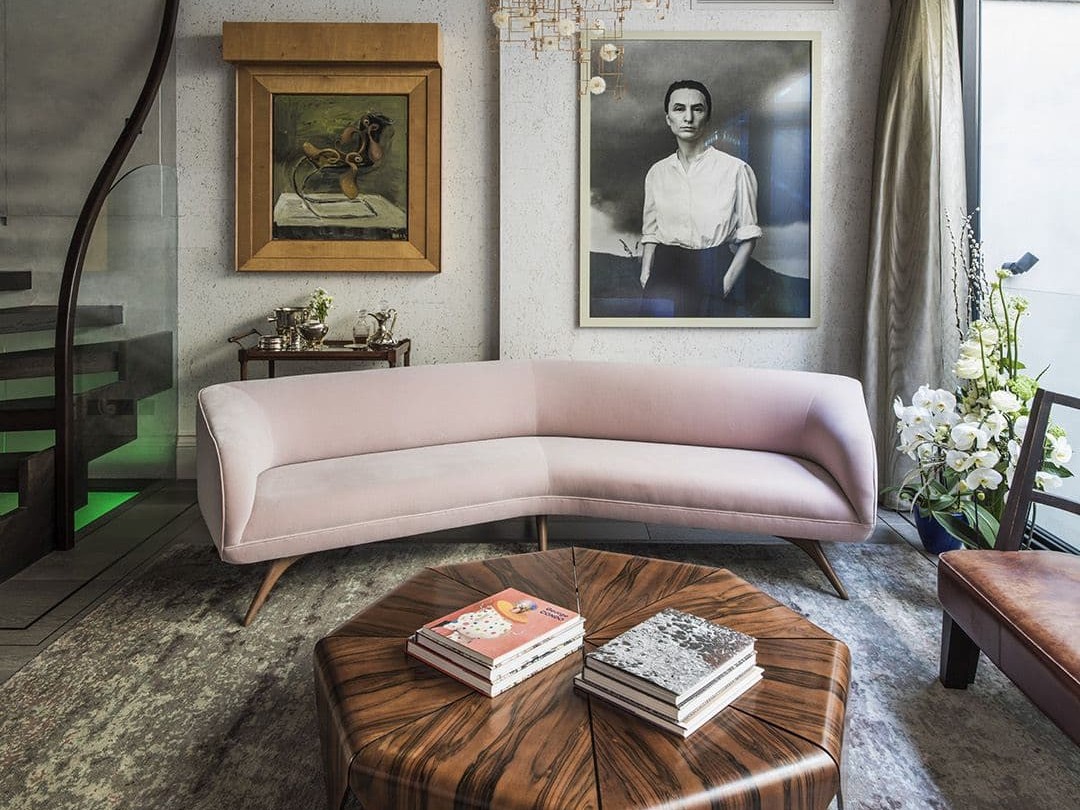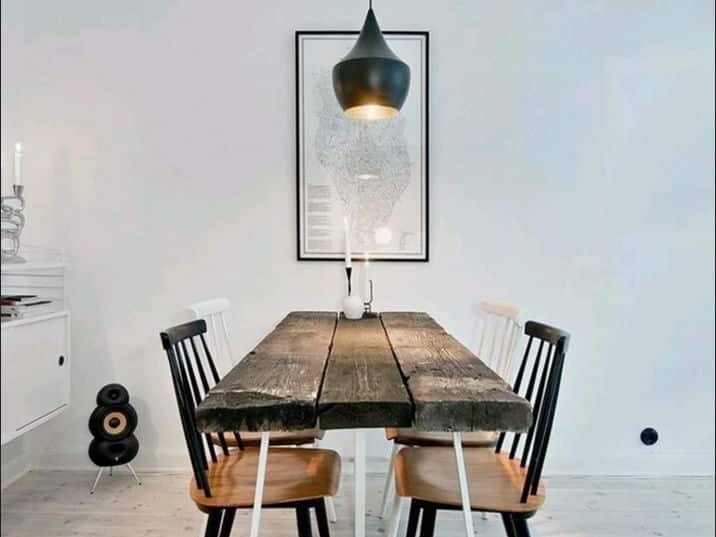For our first exclusive rug collection produced by cc-tapis, Shalini Misra looked to the thousands of stepwells in India for inspiration.
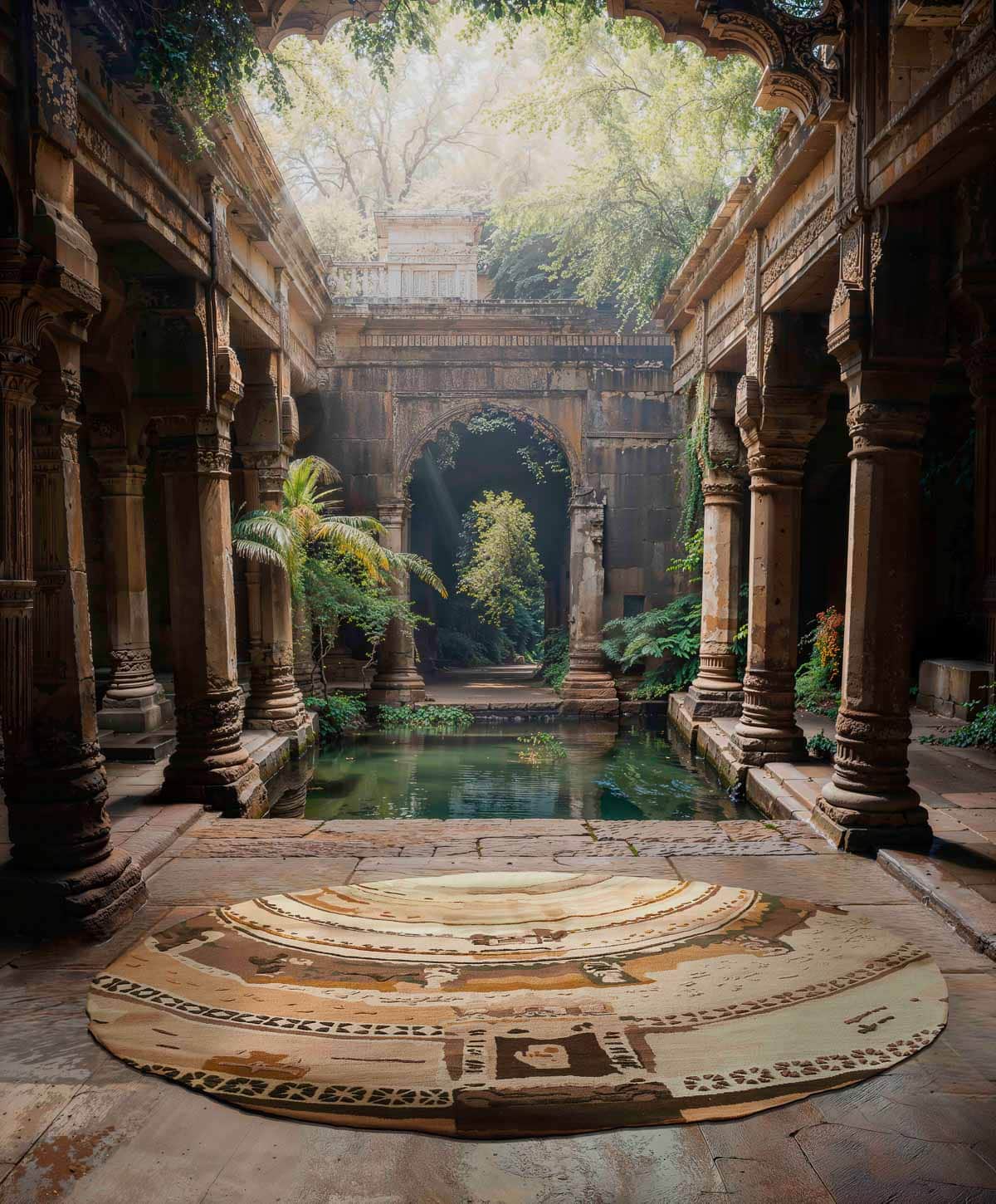
What are stepwells and what do they represent?
For our first exclusive rug collection produced by cc-tapis, Shalini Misra looked to the thousands of stepwells in India for inspiration. Usually referred to as a ‘Vav’ or, ‘Baoli’ in Rajasthan, the stepwells are a vital component of India’s architectural, cultural, and social history.
Historically, stepwells were renowned as India’s most efficient water-harvesting systems, acting as reservoirs while also doubling up as unifying spiritual centres, social gathering spots and a place of refuge for ritual purification and prayer. For women in particular they were a safe haven, offering protection and shelter from the overpowering heat as they fetched water for the community.
Though stepwells are disappearing and deserted due to modernisation, governmental and heritage organisations are striving to conserve the architectural phenomenon – something that we at Curio are passionate about.
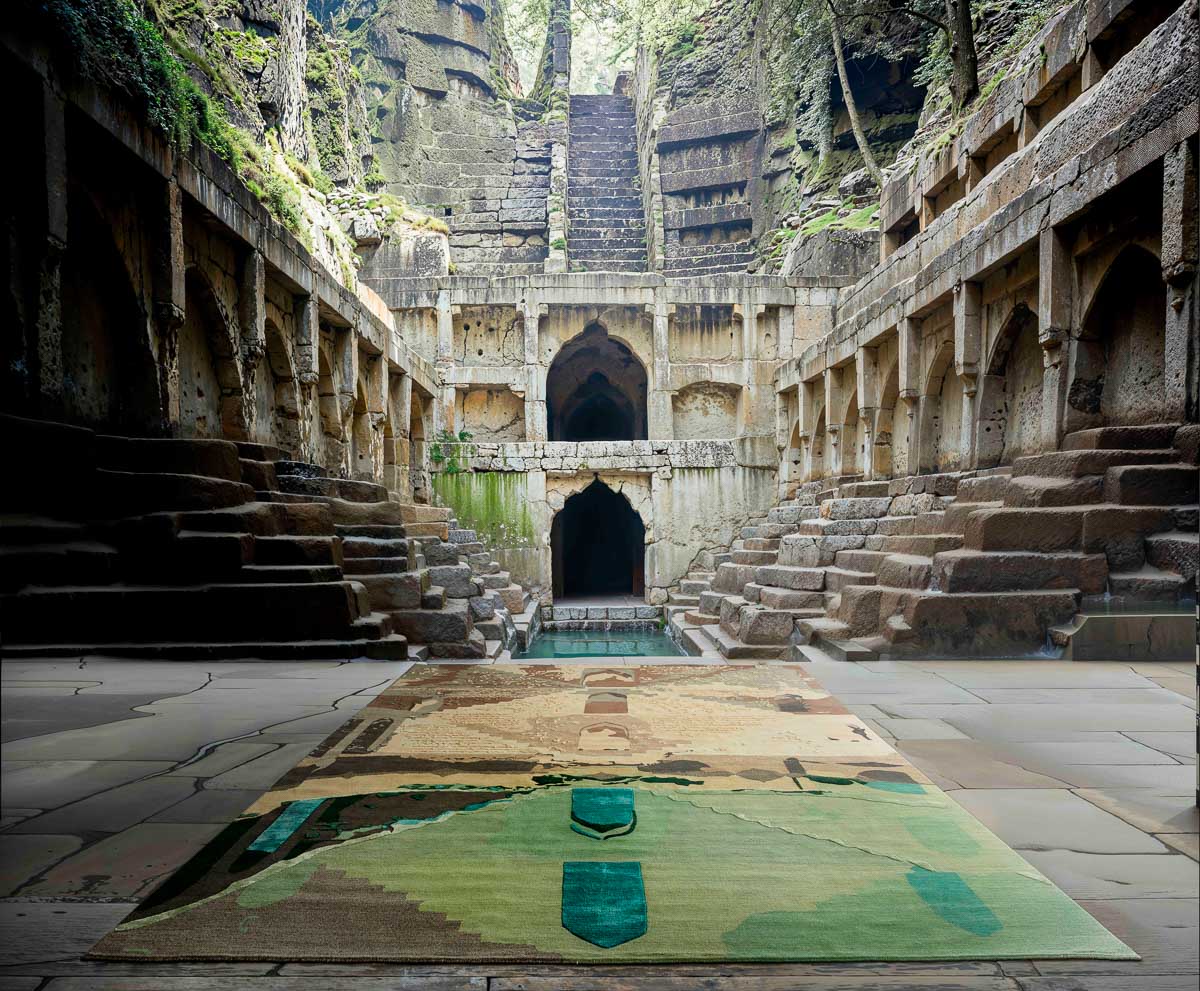
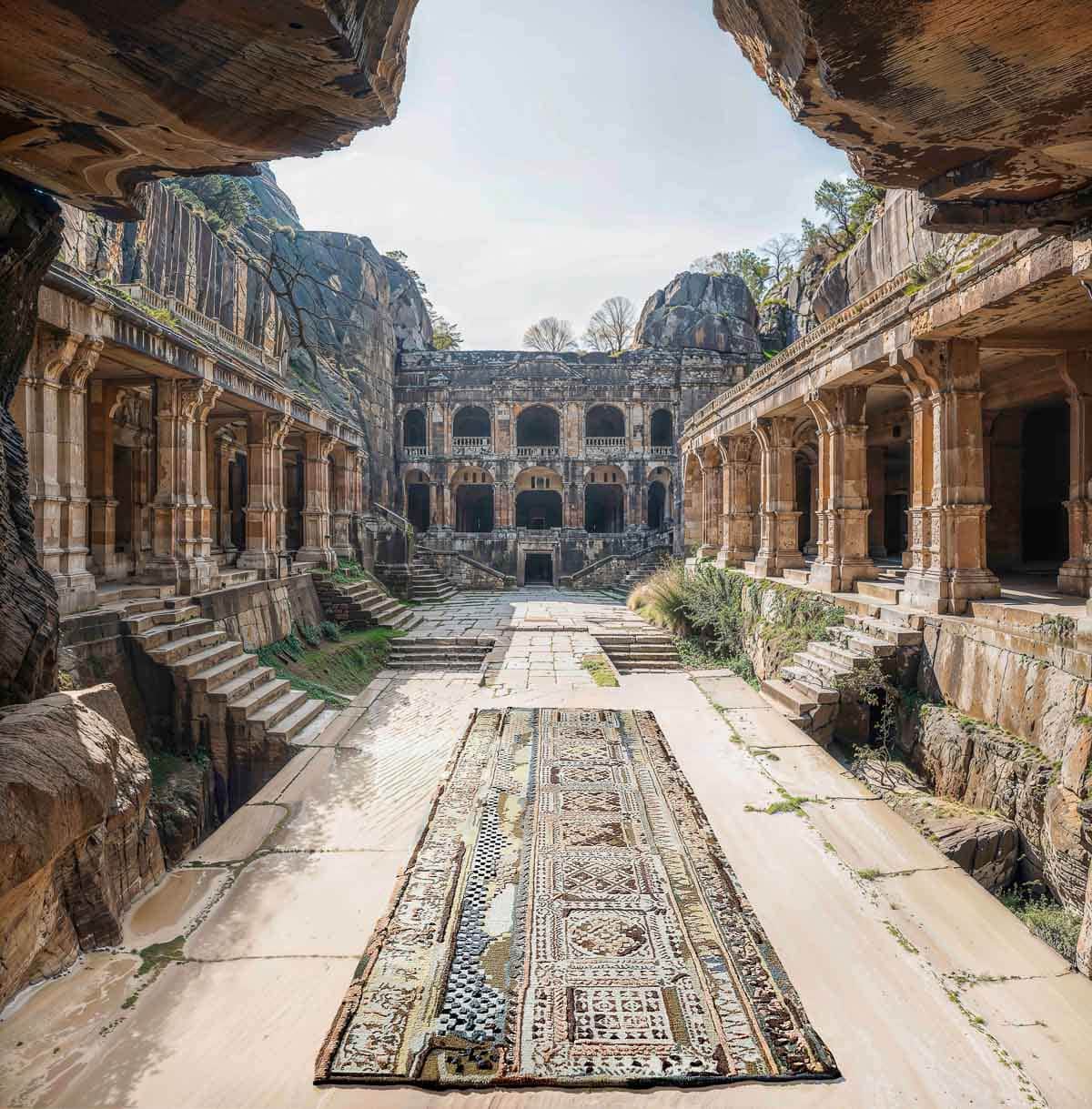
Why did we choose cc-tapis to produce the limited-edition rugs?
cc-tapis has a strong respect for natural materials, which is reflected in its eco-friendly approach to production. Each rug is made using the finest natural Himalayan wool and sourced from the surrounding areas of the studio’s atelier in Kathmandu, Nepal. No machines are used and everything is handmade by expert artisans following ancient traditional techniques.
Each rug passes through many hands. The raw materials are first carded and hand-spun by one team, dyed by a master colour expert, knotted by Tibetan artisans and finished by a team of expert craftspeople who shave, trim and bind the final piece.
cc-tapis also cares about its people, practices and impact on our world, undertaking a path of transversal reduction through its production and distribution processes, whilst paying attention to social, human, and economic factors. They also launched the non-profit organisation cc-for education which provides the children of Nepalese weavers private education. From launching plastic-free packaging using discarded clothing, to attaining carbon neutrality, cc-tapis offers much more than its soulful, high-end textiles.
How are the rugs made and how were the stepwells translated onto the materials?
The complex and ancient production method of hand-knotting is favoured by the atelier – a common technique in the Middle East, India and China. Every stage of production is managed in-house, from refining raw materials to dying processes, enabling full control to create unique, bespoke pieces. Every Tibetan knot is handmade on a vertical loom holding a warp made of hundreds of stretched strands of cotton. A single rug can have up to 232.000 individual knots per square meter, indicative of the lengthy production time which ranges between 14 to 17 weeks depending on the quality and size. Once the knotting is complete, the rug undergoes extensive finishing processes including hand-cutting, shearing and embossing. The final piece is washed in recycled rainwater, stretched, and sun-dried in the Himalayan sun.
The images of Indian stepwells are translated onto the rugs by weaving exceptionally delicate gradients of hand-dyed Himalayan wool. To evoke a surreal and sculptural effect, cc-tapis’ Nepalese artisans integrate different pile heights, textures and an original combination of colours to define the varying levels of stepwells and elaborate carvings – thoughtful craftsmanship at its finest.
What does this collection mean to Curio?
Curio is rooted in community. We nurture, spotlight and celebrate under-represented talent all across the globe to bring to market out-of-the-ordinary artists and makers. Here, we want to celebrate the talented Nepalese artisans and tight-knit team who soulfully stitch each bespoke piece.
Rugs, as functional and textural foundations, have a unifying power, serving to bring people together and act as grounding elements for both entertaining and everyday living. This draws parallels with the historical use of stepwells; the fundamental heart of community.
Related articles
Flooring Ideas: Eight Stylish Ways To Bring Your Floors To Life
If you’re looking to bring your floors to life, there are many creative ways to do so.
Introducing The Shakti Design Residency
We’re so thrilled to launch the Shakti Design Residency in India, a new annual initiative to support emerging international design talent.
Interior Design Trends For Spring 2023
Expect plush velvets, dusty pastels and a focus on minimalism in our roundup.
Home Interior Design And How To Visualise A Space
From mood to layout, we share the essential aspects to consider when designing a home.
The Art of Curating A Personal Collection At Home
Five ways your art can transform your home with soul, ambience and character.


